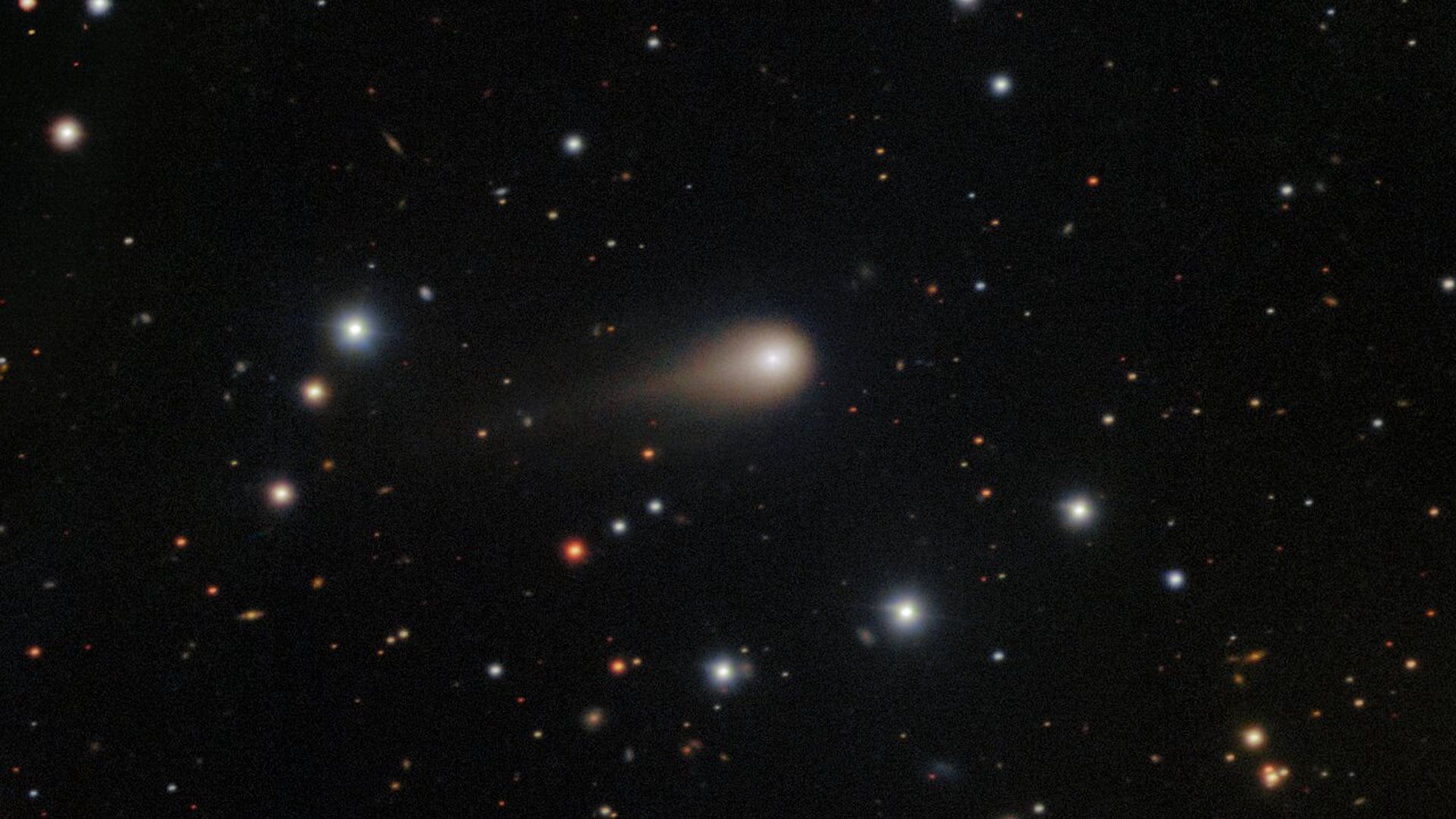The interstellar comet 3I/ATLAS began blasting water “like a fire hose” before it was anywhere near the sun, according to a recent study.
Researchers observed the comet scattering water unusually early in a discovery that sheds light on how the…

The interstellar comet 3I/ATLAS began blasting water “like a fire hose” before it was anywhere near the sun, according to a recent study.
Researchers observed the comet scattering water unusually early in a discovery that sheds light on how the…

For the first time ever, astronomers have imaged two black holes orbiting each other, finally offering visual proof for the existence of black hole pairs.
Spotted through the faint fluctuations of radio light captured by telescopes both on the…
This request seems a bit unusual, so we need to confirm that you’re human. Please press and hold the button until it turns completely green. Thank you for your cooperation!
This request seems a bit unusual, so we need to confirm that you’re human. Please press and hold the button until it turns completely green. Thank you for your cooperation!

Rare hereditary diseases can be identified in patients and specific mutations in tumour cells detected – DNA sequencing revolutionised biomedical research decades ago. In recent years, new sequencing methods (next-generation sequencing) in…
A Pakistani-born scientist may have uncovered signs of life beyond our planet. Dr. Nozair Khawaja, an astrobiologist at Freie Universität Berlin, has identified organic molecules beneath the icy surface of Enceladus, one of Saturn’s moons….

A new study looking at data from 24 years of NASA satellite surveys has found that the Earth is getting darker, and there are significant differences between the Northern and Southern Hemispheres.
The team looked at data collected by the Clouds…

Amazon’s Project Kuiper broadband megaconstellation continues to grow.
Twenty-four more Project Kuiper satellites are scheduled to take flight today (Oct. 9), lifting off from Florida’s Cape Canaveral Space Force Station atop a SpaceX Falcon 9…

October 9, 2025
Therapies that are sensitive to multiple biomarkers could allow medicines to reach only the areas of the body…

Asteroid impacts are normally associated with danger to life. The end of the dinosaurs’ dominion on Earth was caused by a massive collision. As the Chesapeake impact and others have shown, however, not all of the impacts bring global devastation….